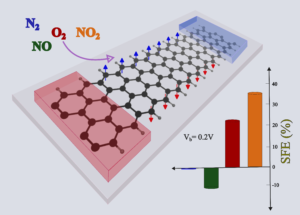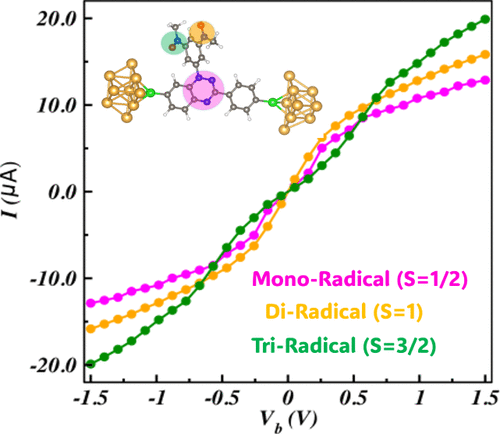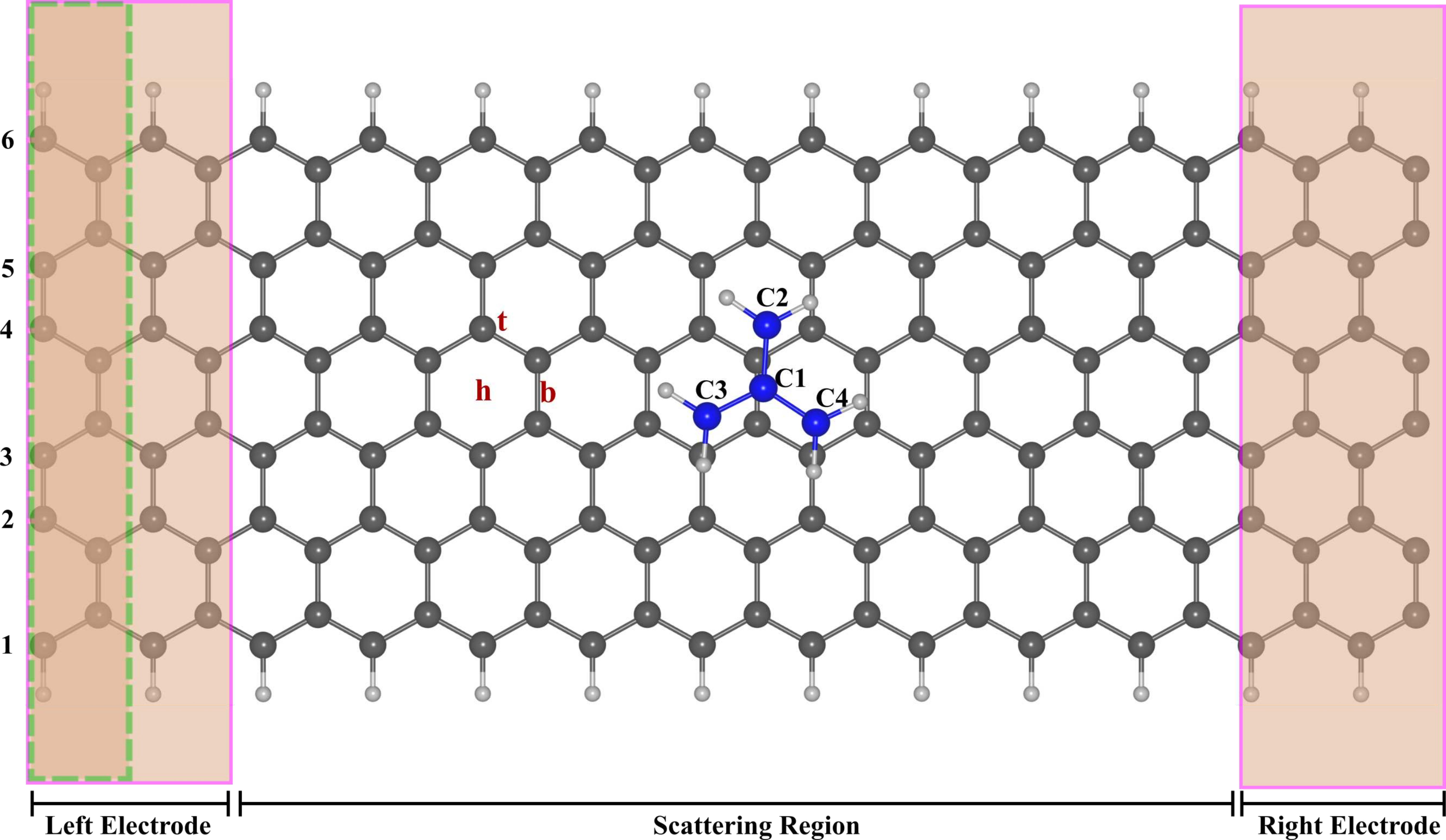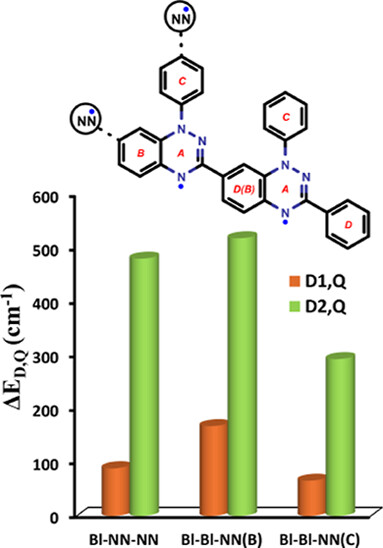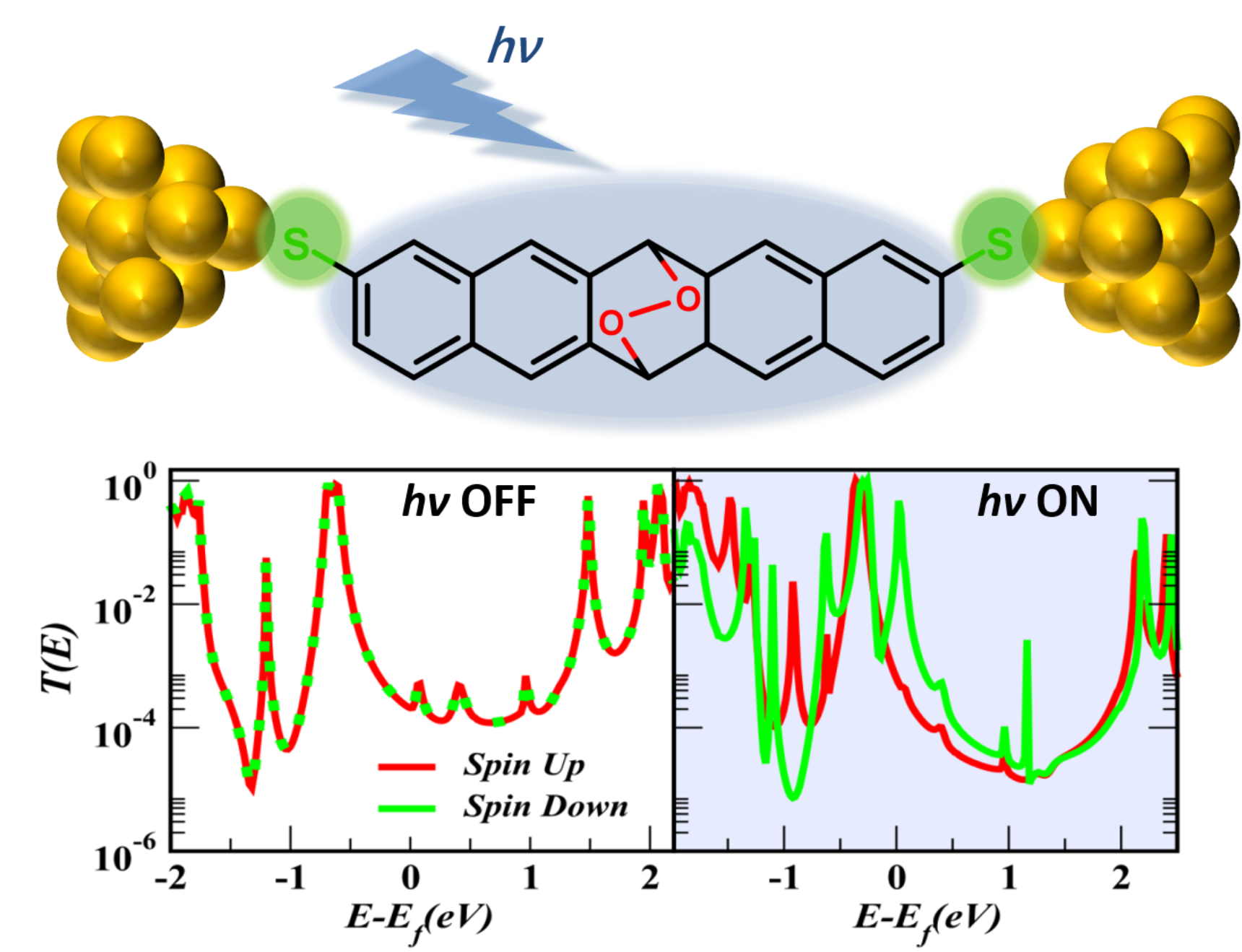Core Areas
Involved Members
Related Publications
"Quantum Spin Transport Through Blatter’s Diradicals and Triradicals" , J. Phys. Chem. B. , 2025 , 129 , 4252-4264.
"Quantum spin sensors for open-shell molecules" , J. Mater. Chem. C. , 2025 , 13 , 7760-7771.
"Broken edge spin symmetry induces a spin-polarized current in graphene nanoribbon" , J. Phys. D: Appl. Phys. , 2024 , 57 , 215001.
"High-Spin Blatter’s Triradicals" , J. Phys. Chem. A , 2023 , 127 , 7802–7810.
"Quantum Interference and Spin Filtering Effects in Photo-responsive Single Molecular Device" , J. Mater. Chem. C , 2021 , 9 , 11242-11251.

